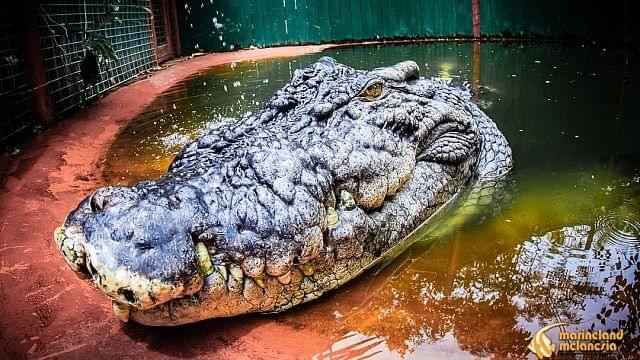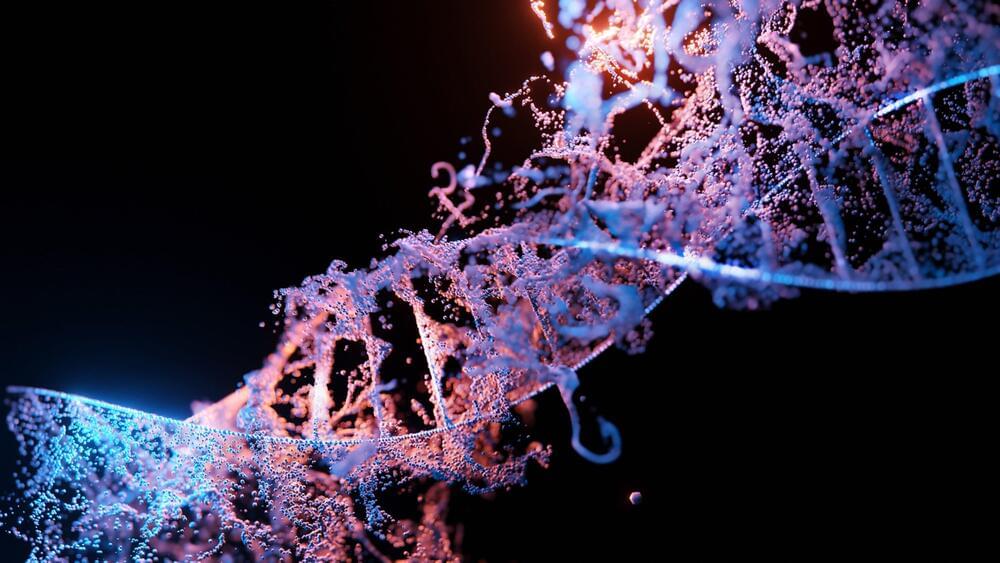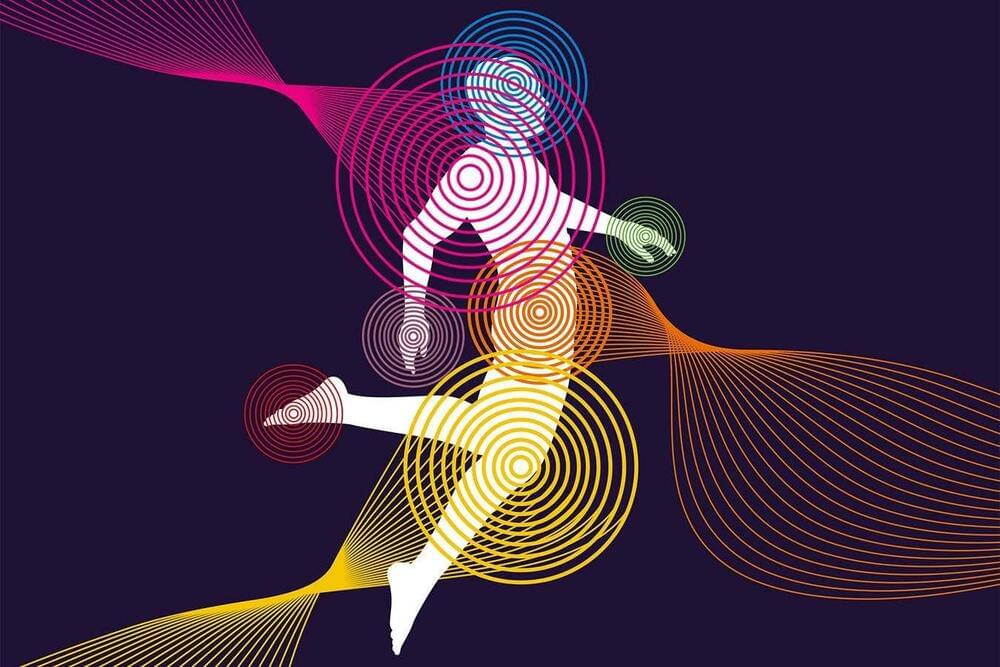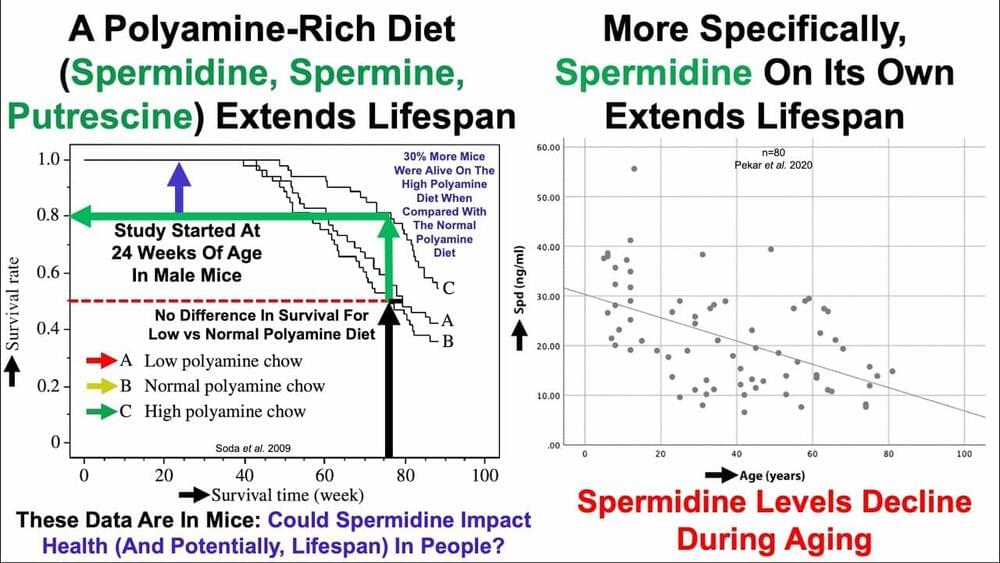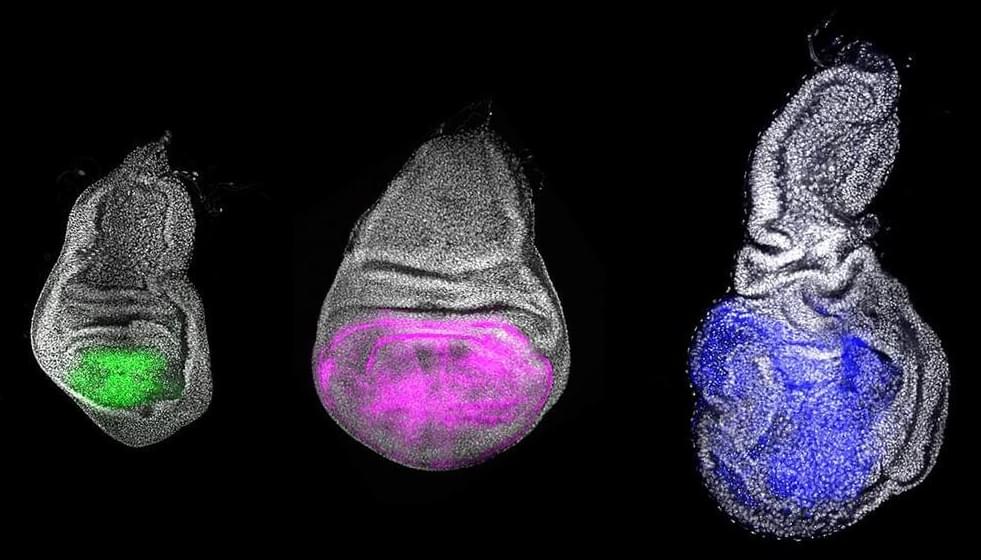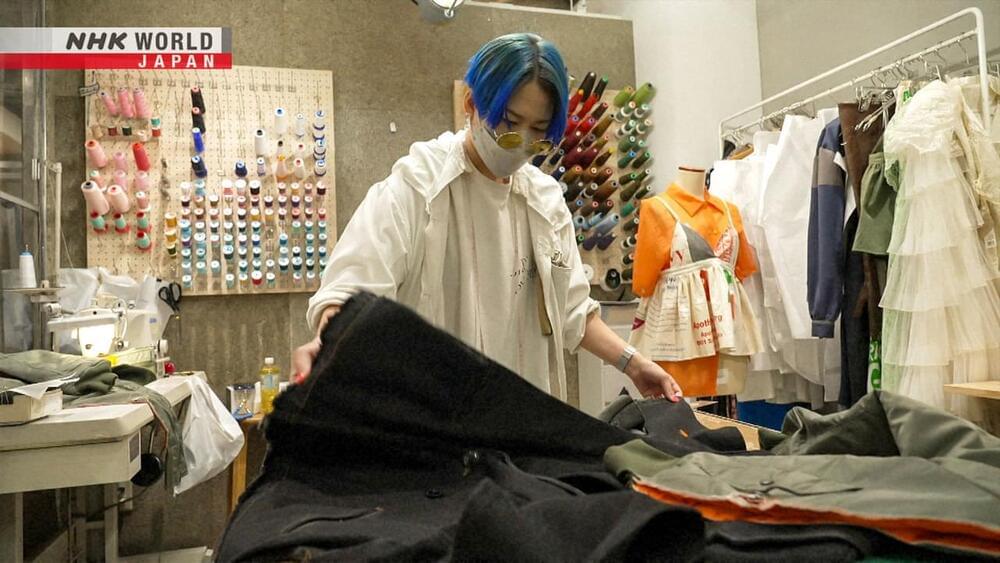Jun 21, 2023
Seafood consumption linked to lower risk of cardiometabolic multimorbidity in older men
Posted by Shubham Ghosh Roy in category: biotech/medical
In a recent study published in the European Journal of Nutrition, scientists investigate the association between diet and cardiometabolic multimorbidity risk among British men between the ages of 60 and 79. To this end, consuming more seafood and fish was linked to a lower risk of first cardiometabolic disease transitioning to cardiometabolic multimorbidity.
Study: Prospective associations between diet quality, dietary components, and risk of cardiometabolic multimorbidity in older British men. Image Credit: fizkes / Shutterstock.com.


